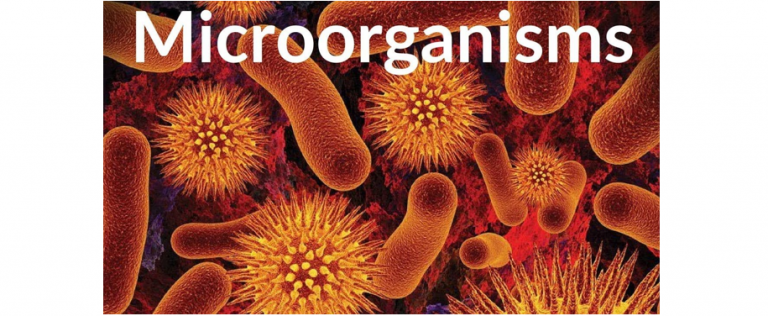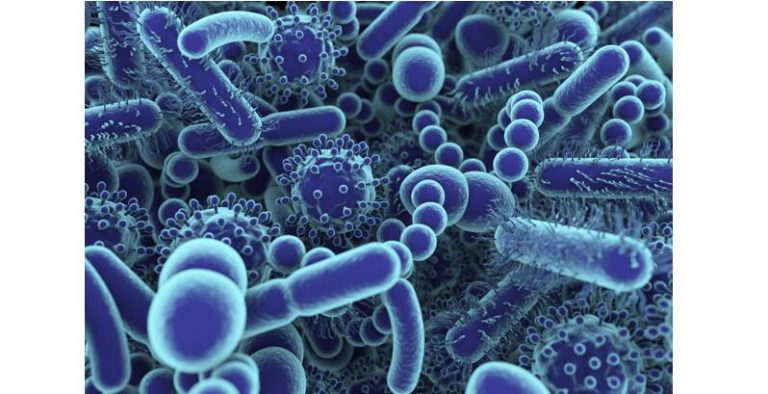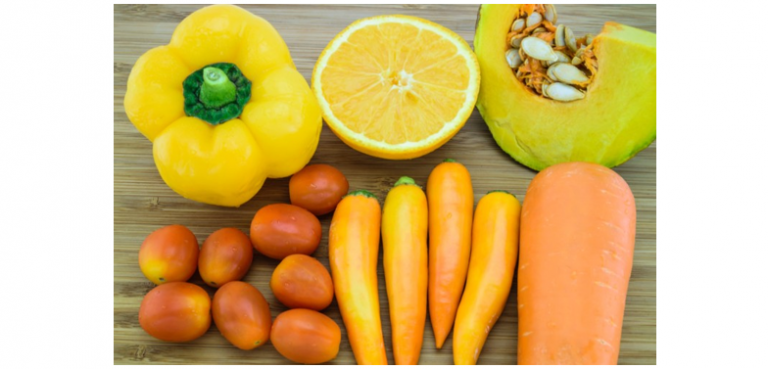INTRODUCTION ON EXTRACTION AND ANALYSIS OF POLYPHENOLS
Metabolomics is the study of all metabolites in a particular organism or biological system. It can provide critical information, qualitatively and quantitatively, for further understanding of related metabolic pathways and their changes. Microbes are essential in biological systems, and metabolomics technology has received extensive attention in microbial research. Microbial metabolomics has functioned effectively in different research fields, such as microbial identification and mutation breeding, functional gene research, metabolic engineering, and fermentation engineering. Application of Microbial Metabolomics in the Research of Lactic Acid Bacteria The traditional classification of lactic acid bacteria is mainly based on morphological observation and biochemical experiments for phenotypic…


